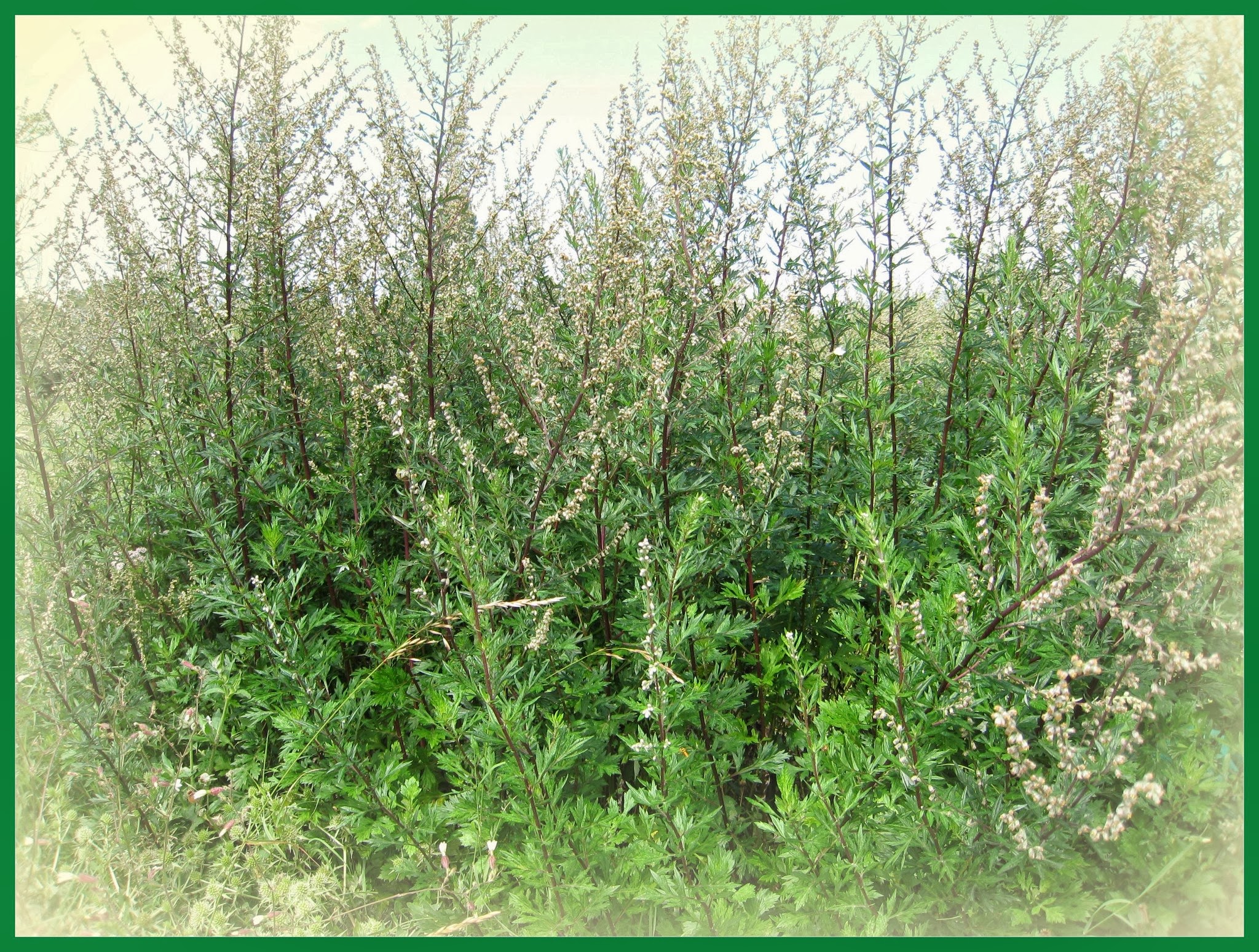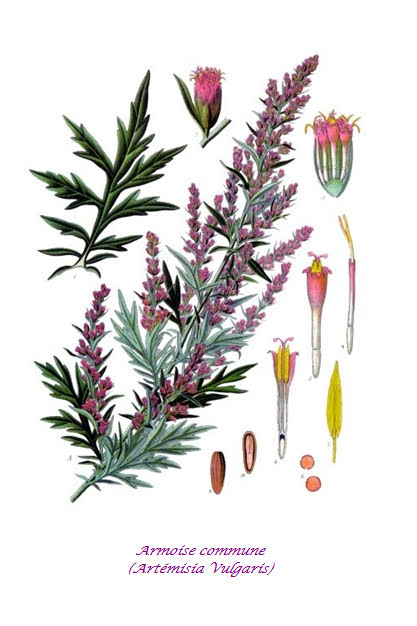Moxibustion & HeritageMoxibustion, an ancient practice from traditional Chinese medicine, was inscribed in 2010 on the Representative List of the Intangible Cultural Heritage of Humanity by UNESCO. This international recognition highlights the cultural, historical, and therapeutic value of this millenary technique, which involves stimulating acupuncture points using the heat released by burning mugwort (Artemisia vulgaris). Used for centuries to rebalance vital energy and strengthen the body's natural defenses, moxibustion is an integral part of the holistic Eastern approach to health and well-being. Its inscription on the UNESCO list confirms its importance not only as a therapeutic method but also as a living heritage, passed down from generation to generation. |
|||
Common Mugwort - Artemisia VulgarisMugwort is a perennial herb belonging to the Asteraceae family, widely recognized in traditional medicine for its numerous properties. There are many species of mugwort, including tarragon, wormwood, and génépi, all known for culinary or therapeutic uses. The one we specifically use is Artemisia vulgaris, also called St. John’s herb, fire herb, or St. Peter’s tobacco. Traditionally harvested around the summer solstice, it is then at its energetic peak, particularly for moxibustion practices. It should not be confused with Artemisia annua (annual mugwort), although the latter is also recognized for medicinal virtues in other therapeutic contexts. The two species differ in appearance and aroma. Artemisia vulgaris emits a warm, sweet, and penetrating scent, while annua has a greener, bitter, and vegetal aroma. The mugwort used here is specially selected for moxibustion, where its combustion quality, energetic power, and pleasant scent are essential. |
|
||
Learn MoreA selection of links to deepen your knowledge of mugwort, its medicinal uses, cultivation, and more... |
📚 Links & Resources |
en


